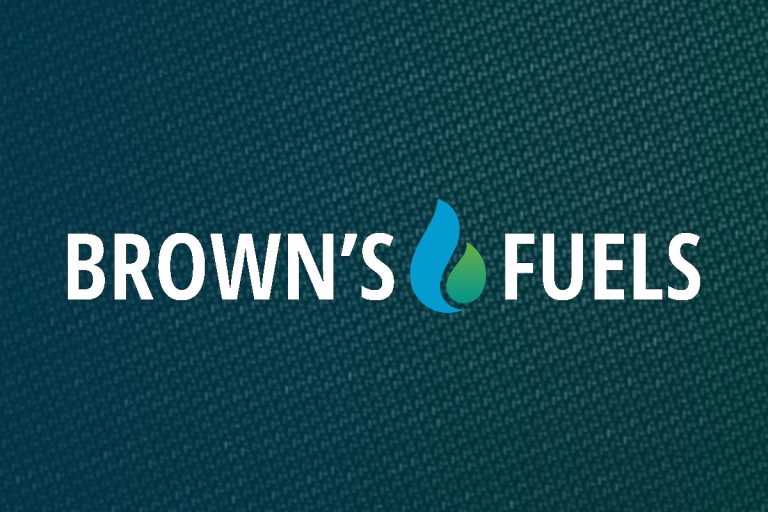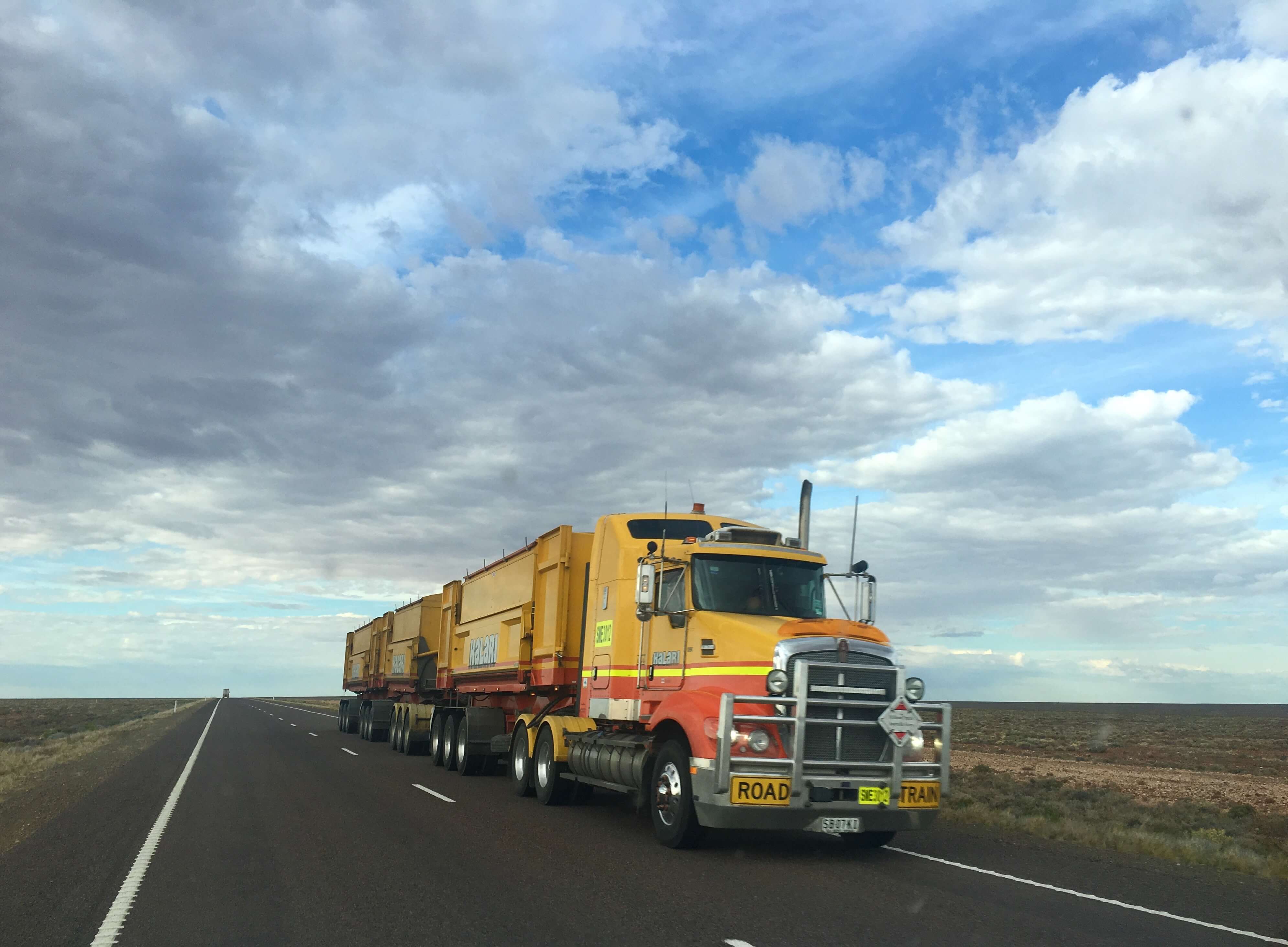March 19th marked the first day of spring.
You would expect that this is a time where we would eagerly put our shovels and sidewalk salt away and make an appointment to get our winter tires removed.
Here in Canada, though, the first day of spring means little until the temperatures are consistently in the teens (usually around the end of April).
This time of year is that odd transition from winter to spring.
It’s also unusual, given the ever-changing COVID-19 pandemic, where we have to self-isolate and physically distance ourselves from other people.
The thing is, though, not everyone is as fortunate to be able to work from home during these times.
Truck drivers have been out on the roads to make sure our grocery shelves are still stocked with food, we can still get our medications and health care workers get the supplies we need.
We’ve assembled a list of spring driving tips to help truck drivers before they’re out on the roads and during their trip.
General Maintenance
Winter can be tough on your vehicle. The snow, ice and salt combined with the cold temperatures can take a toll on your vehicle. As the weather shifts, it’s important to check on the overall state of your truck.
Some spring maintenance tips:
Replace any worn wiper blades: check the condition of your wiper blades and replace if necessary. Your wipers are your best defense against poor weather conditions.
Check your lights: rain can cause visibility concerns, so be sure to check your headlights and turn signals work well before heading out on the road.
Check tire pressure: your tires could be slightly deflated after all the winter driving. Check the tire pressure to make sure your vehicle works to the best of its ability.
Check your fuel: while this may seem obvious, it is important to ensure you have a sufficient amount of fuel, especially if you are driving in areas that are more remote where a gas station would be harder to come across. Fleet refueling services are an effective way to make sure your fleet is ready at all times.
Always Check The Forecast
This goes for any time of the year, but it also goes for spring time. Given how quickly the weather can change from hour to the next when you’re driving a long distance, checking the weather forecast ahead of time is essential. The spring can bring high winds, rain and–depending on where you’re driving to–even tornado’s.
Be mindful of high winds, especially if you’re travelling at a higher speed, as this could cause the truck to tip over or veer off the road. Attentive driving is your best bet during these times.
Understand Temperature Changes
The onset of spring usually means warmer days ahead, but overnight, temperatures could drop. This could mean that melted snow and ice has the potential to freeze again, which could cause icy road conditions.
Monitor Road Conditions
This may come as common sense, but always drive according to road conditions. Pouring rain can cause poor visibility. After the rain stops, it’s important to exercise caution, as standing water can lead to puddles. Hitting water puddles at a high speed can lead to an accident, so it’s best to try to avoid them at all costs.
Potholes are an additional concern. Winter weather can be tough on our vehicles and our roads. Snow plows, ice and snow can contribute to potholes on the roads. Be careful of potholes and uneven pavement, as this could damage your shocks and suspension.
Watch For Wildlife
Warmer temperatures bring more plant grown and food sources. As the weather begins to warm, animals begin to venture out more frequently, leading to more animals on the highway.
Deer are often seen at dusk and dawn, so it’s important to be alert.
Here at Brown’s Fuels, we’d like to thank all of the truckers who are out there on the roads, working hard to make sure our shelves are stocked with food and supplies we need during this difficult time.
We have been providing fleet refueling services since 1997. We continue to remain open and offer our services during this time. Read our full statement regarding Covid-19 here or contact us for more information.


